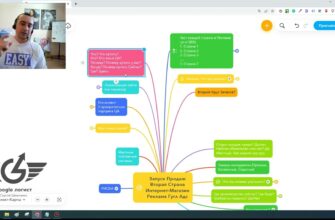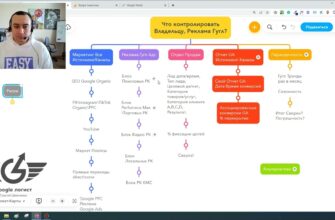Did you know that most buyers are in the mode of selection / selection and purchase of goods all the time?
Think about it: only 84% of Americans shop at any time and in six different categories. And in nearly a quarter of purchases, they say they turn to their smartphone first.

How many calls and sales will I get by ordering contextual advertising from you?
I need to calculate the conversion of my website Describe
the task
in the application
Calculate potential ad revenue Google
contextual advertising calculator
And do you know what these users need more?
For help. Yes, yes, they want to be helped in choosing a product. After all, today the Internet is simply overloaded with information, and the user sees hundreds of thousands of advertisements, and he wants to make the best choice for himself.
Think about how you can help information-overwhelmed shoppers track/see/explore the products they want to buy (perhaps in the process of deciding or comparing right now).
Users brand independent
This means that most users do not have a greater preference for a particular brand at an early stage of shopping.
Nearly 9 out of 10 shoppers aren’t quite sure about the brand they want to buy when they first start browsing the web through their smartphones.
This opens up more opportunities for each of the companies.
Over the past 2 years, requests in combination with the word “brands” have increased significantly in dynamics:
“men’s watch brands”
“top bag brands”
“cosmetics brands”
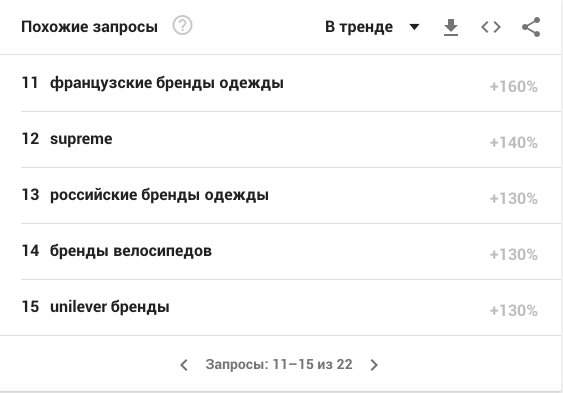
How many calls and sales will I get by ordering contextual advertising from you?
I need to calculate the conversion of my website Describe
the task
in the application
Calculate potential ad revenue Google
contextual advertising calculator
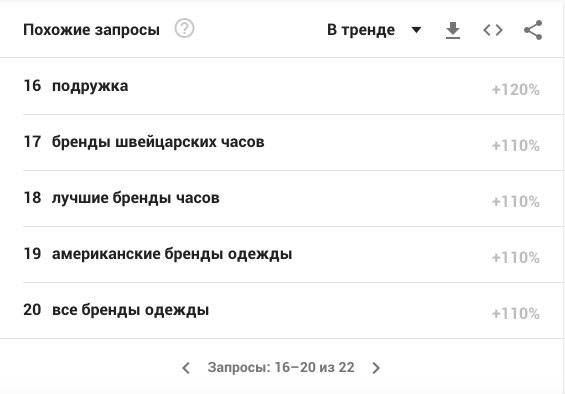
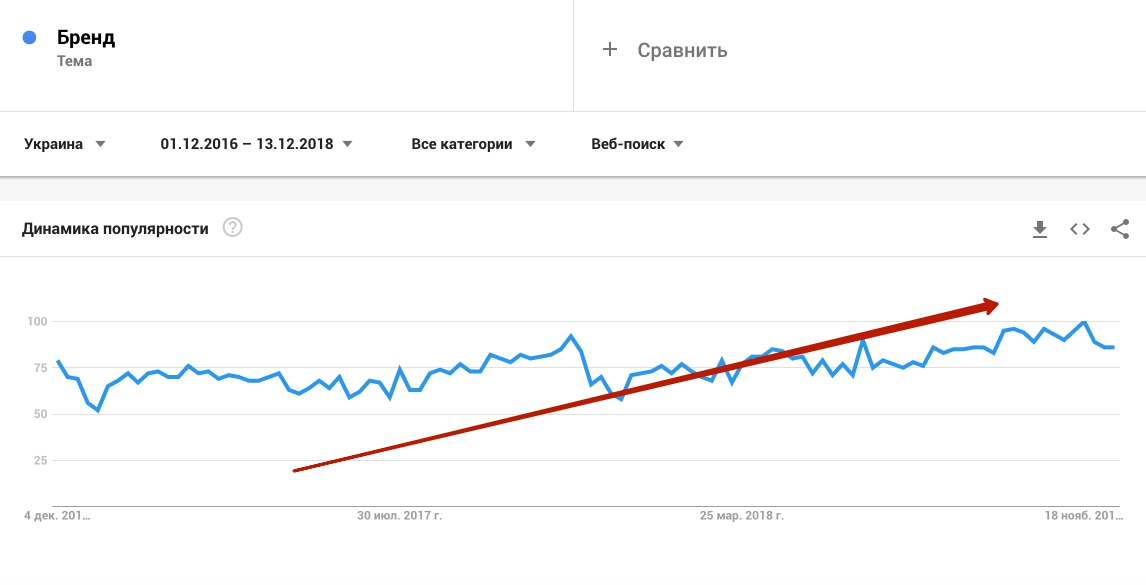
What does this information give marketers?
Resellers and marketers should focus on helping the user get the information they need to make a decision. If the user searches for “the best”, then we should tell why a particular product is the best.
Content rules
Site loading speed is not the only factor that influences a purchase on a website. Product information and relevance is crucial. In fact, more than half of smartphone users purchased a product that was different from the original one because the information from a different brand was more useful.

80% of smartphone users are more likely to buy from companies whose mobile sites or apps help them easily find answers to their questions.
What else is important for the buyer?
Thus, in the US, 43% of shoppers expect to be able to pick up where they left off when they return to the site. And 61% expect their purchase and billing information to be remembered and autopopulated when they return to a retail site they have shopped with in the past.
Be present and helpful along the shopping path.
With the help of contextual and banner advertising Google Ads, we can be present at almost any stage of the funnel.
For example, a user searches for “best watch brands” and sees our ad in which we talk about it. He goes to the site and there he is already studying the information why we are the best and leaves the site. Next, we turn on dynamic and leveled remarketing in order not to lose sight of our potential buyer, and in each ad we repeat / explain why it is worth buying from us. We remember from the last article that the user is more likely to buy the brand that was constantly in sight.
Such communications can be both simple and complex (it all depends on the competition and business area).
Do you want to know what is the potential of your Google Ads account? Then leave us a request, and we will advise you.






